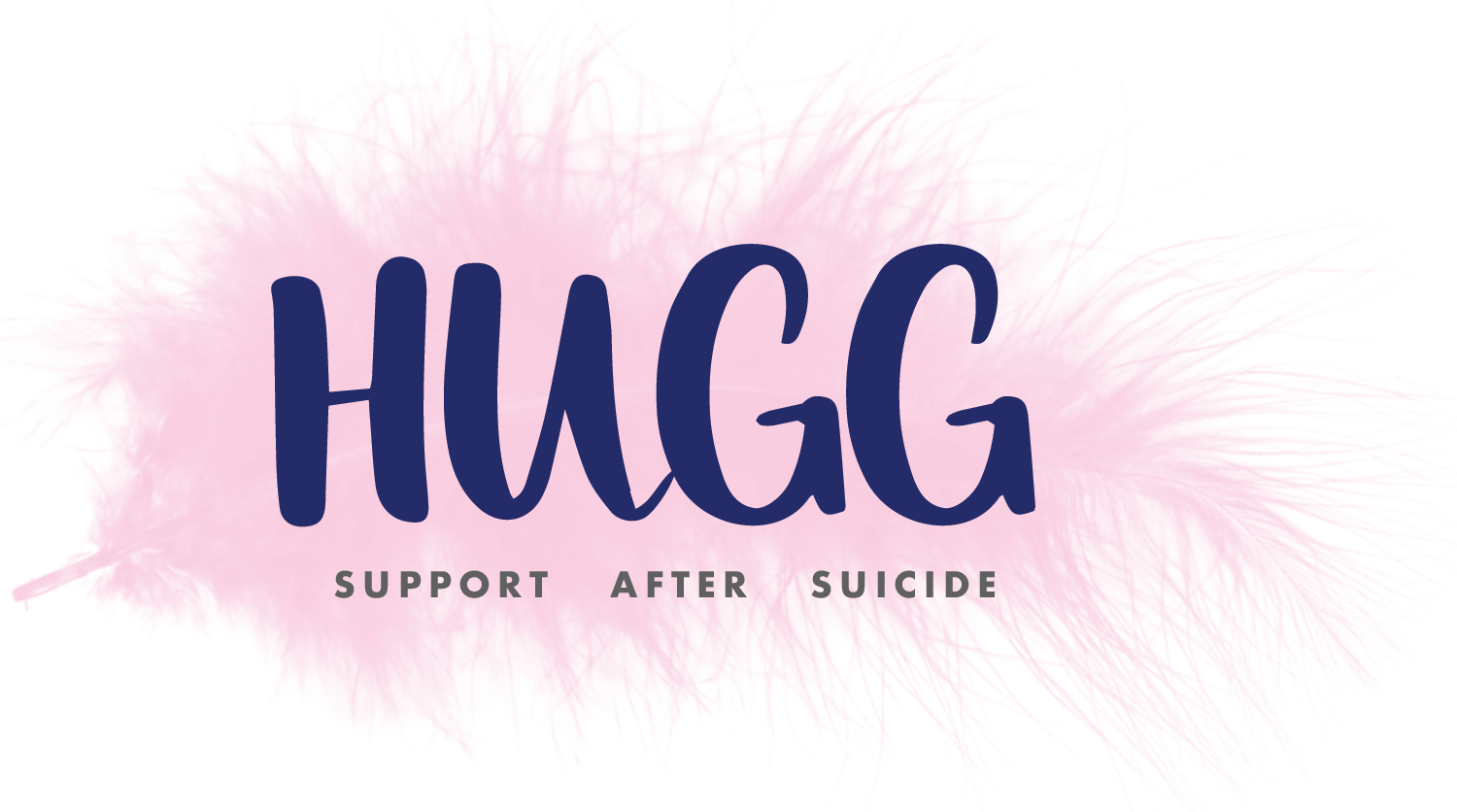Post-Traumatic Growth: Finding Hope in the Aftermath
We know that losing someone to suicide is one of the most profound and painful experiences anyone can face. Some people impacted by suicide loss are at higher risk of developing major depression, post-traumatic stress disorder, and suicidal behaviours, as well as a prolonged form of grief called complicated grief. However, what you may not be aware of is that many individuals who experience this devastating loss also find a surprising sense of growth and resilience in the aftermath—a concept known as post-traumatic growth (PTG).
Post-traumatic growth (PTG) refers to the positive psychological changes that can arise from the struggle with highly challenging life circumstances.
But, as time passes, many people begin to recognize that their journey through pain can lead to deep personal growth. It’s important to remember that just as grief doesn’t look the same for everyone, neither does growth. Nor is it an either or – grief or growth. The two can co-occur.
One of the key areas where PTG emerges is in relationships. The profound pain of grief after suicide often opens up new depths of empathy and compassion, not just toward others who are grieving but also toward oneself.
For example, Sinead, who lost her brother to suicide, shared:
“I never knew how important it was to be kind to myself.
Grieving taught me to be gentle with my own heart, and I’ve found that I’m better able to offer the same to others now.”
This transformation is a hallmark of PTG—the ability to see yourself and others in a new, more compassionate light.
Another aspect of PTG after suicide loss is the redefinition of priorities. When tragedy strikes, it forces people to reconsider what truly matters in life. James, whose best friend died by suicide, said:
“I realized I had been living on autopilot. I wasn’t really engaged with my relationships or my own well-being.
Now, I put my energy into things that are meaningful to me. Whether it’s helping others who are grieving or spending time with the people I love.”
Last year a study led by Mark Cregan, who has both a lived experience of suicide and volunteering with HUGG, was published by the National Suicide Research Foundation. It explored the potential for growth to co-occur with grief in the aftermath of suicide bereavement.
The research indicated that:
“with time, adequate care and support, individuals bereaved by suicide can process their grief, find meaning in their loss and experience personal growth through the trauma they have endured.
Though grief from suicide is uniquely difficult, it can lead to important growth in resilience, self-awareness, and the ability to foster meaningful connections.”
This growth doesn’t erase the pain of loss, but it does offer us, the bereaved, a chance to rebuild our lives with a new sense of strength and purpose. Our work in HUGG, coupled with research, tells us that many people impacted by suicide do find that they have transformed in unexpected and powerful ways—drawing on the love and memories of those who have died to build a life that honours them while also embracing the growth they’ve gained.
While none of us would trade this growth for the grief we have endured, the concept of PTG provides hope that from even the darkest moments, new strengths can emerge.
For more information on post-traumatic growth and suicide loss, you can visit the HUGG website here, with links to the research and to explore resources for navigating grief.
Creegan, M., O’Connell, M., Griffin, E., & O’Connell, S. (2024). Exploring posttraumatic growth in individuals bereaved by suicide: A secondary data analysis of a national survey. Death Studies, 1–9. https://doi.org/10.1080/07481187.2024.2376823





